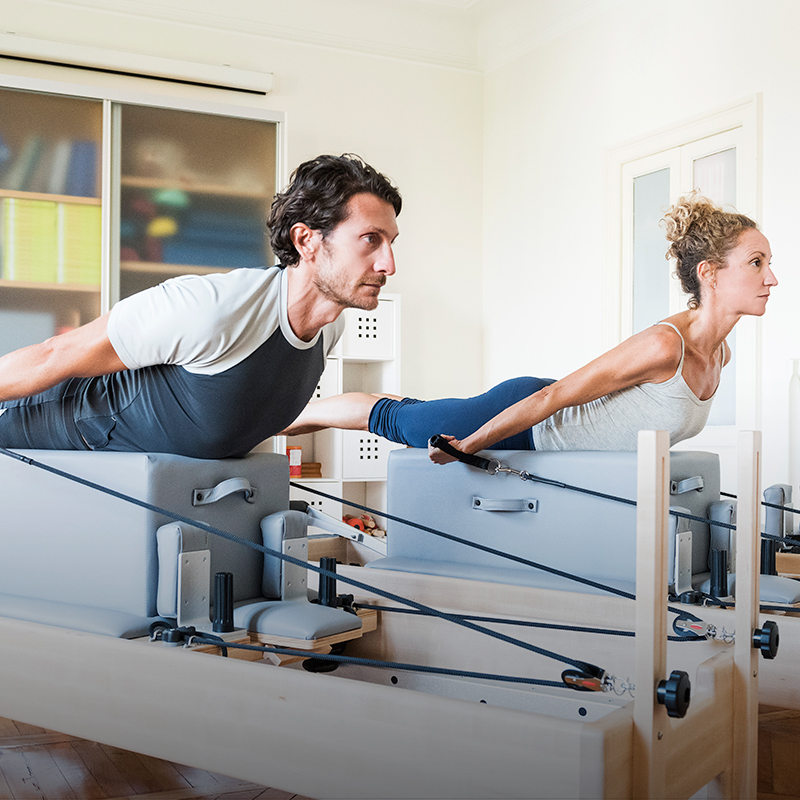
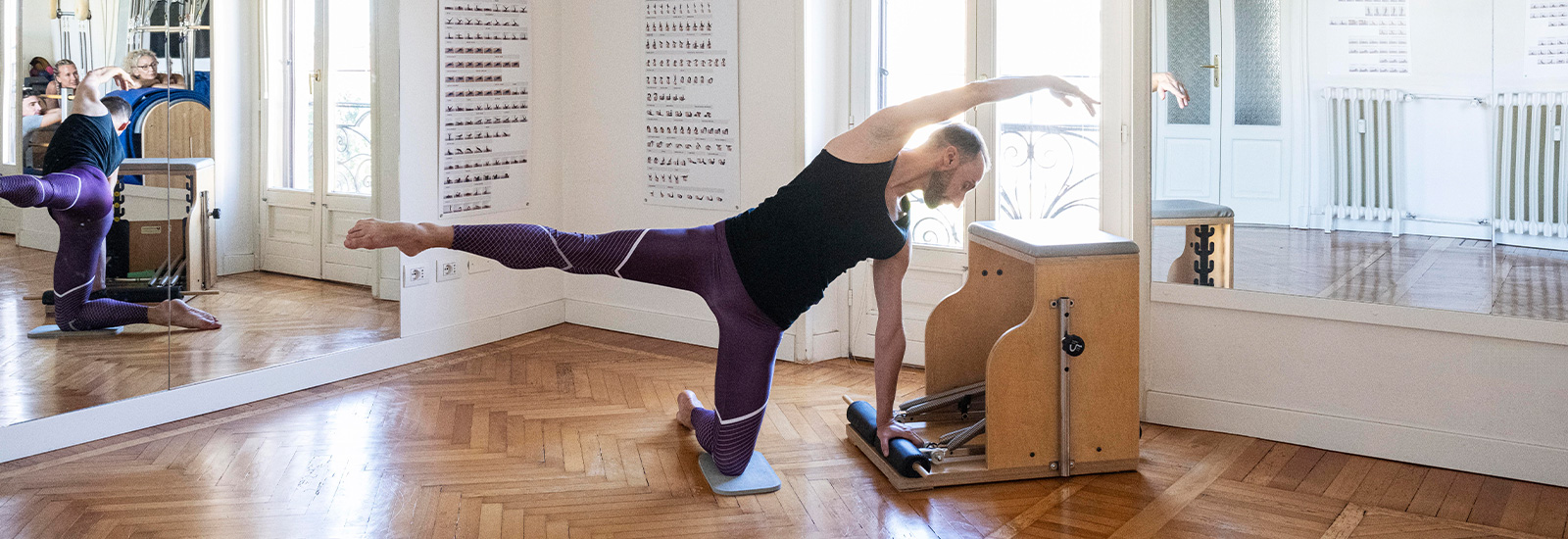
The originsThe principles
A revolutionary postural gymnastic.
Pilates is based on a program of exercises, focused on the postural muscles, which can be executed as a floor routine or with equipment. The postural muscles help keep a balanced body and play a pivotal role in providing support to the spinal column. By improving the posture, this technique gives tone and strength to muscles and help prevent back problems.
Pilates' scope is to allow people to be aware of themselves being able to unite body and mind in a whole, dynamic and well working unit, in order to move with grace, balance and economy.
The mind of the person who's practicing Pilates is directed toward the body, focused on what is happening while is happening: it is possible, in this way, to comprehend exactly what the mind orders to the body and learn to feel how the body is moving.
The exercises do not require an exaggerated, "aim-in-itself" repetition: with a logic sequence they led the mind to cooperate with the body in research of control, precision, flows, all coordinated with the correct breathing.
Common thread of the technique is represented by the so called six Guiding Principles.
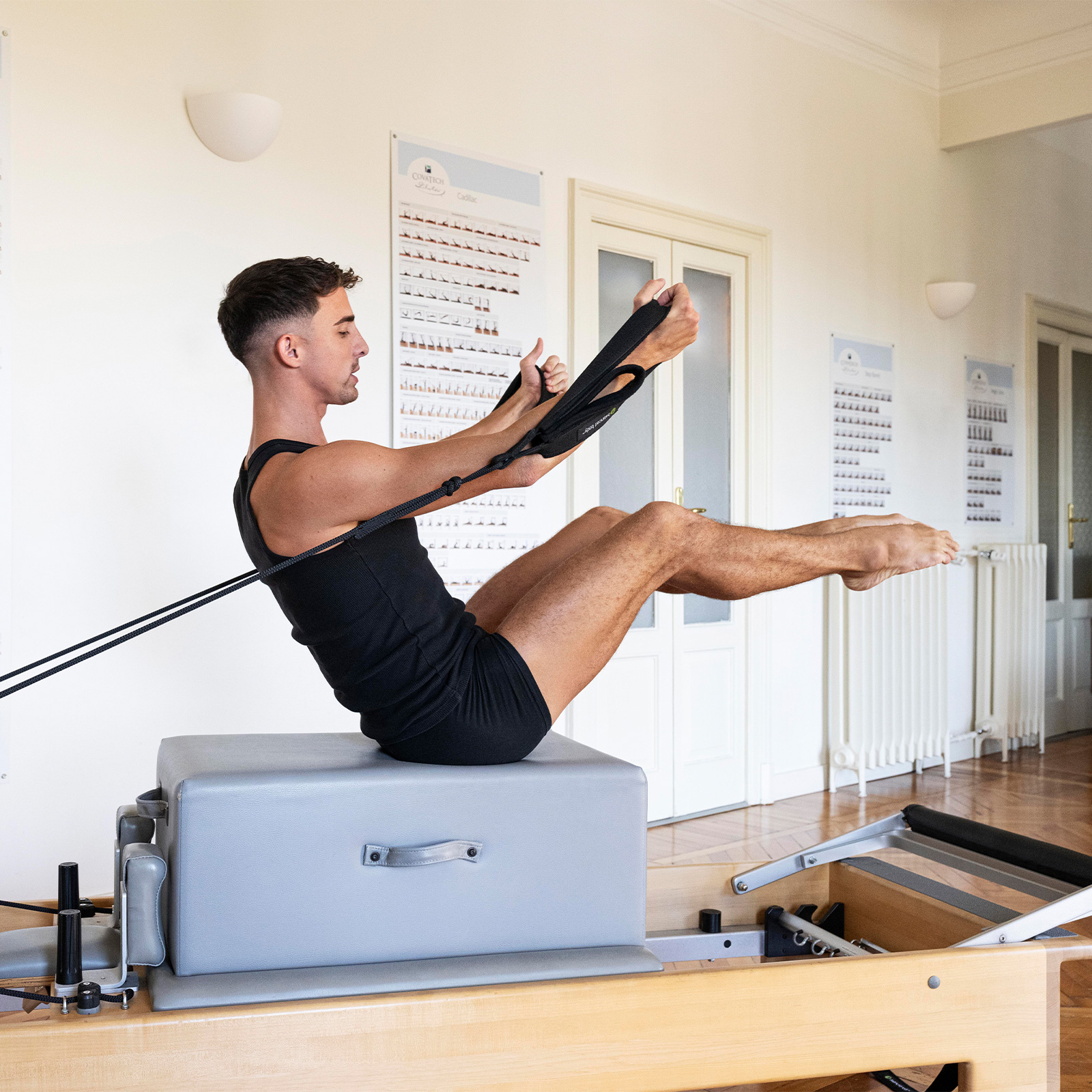
Concentration
Pay attention to each single movement.
While we are working out, our mind must be completely concentrated on the scope of the exercise, this is essential to a correct execution. It is necessary to pay attention to each single movement because any part of the body is important and nothing must be neglected or ignored. Concentration, nevertheless, does not end in the movement but it is extended to the entire body in order to become aware of the posture kept during the execution of the exercise.
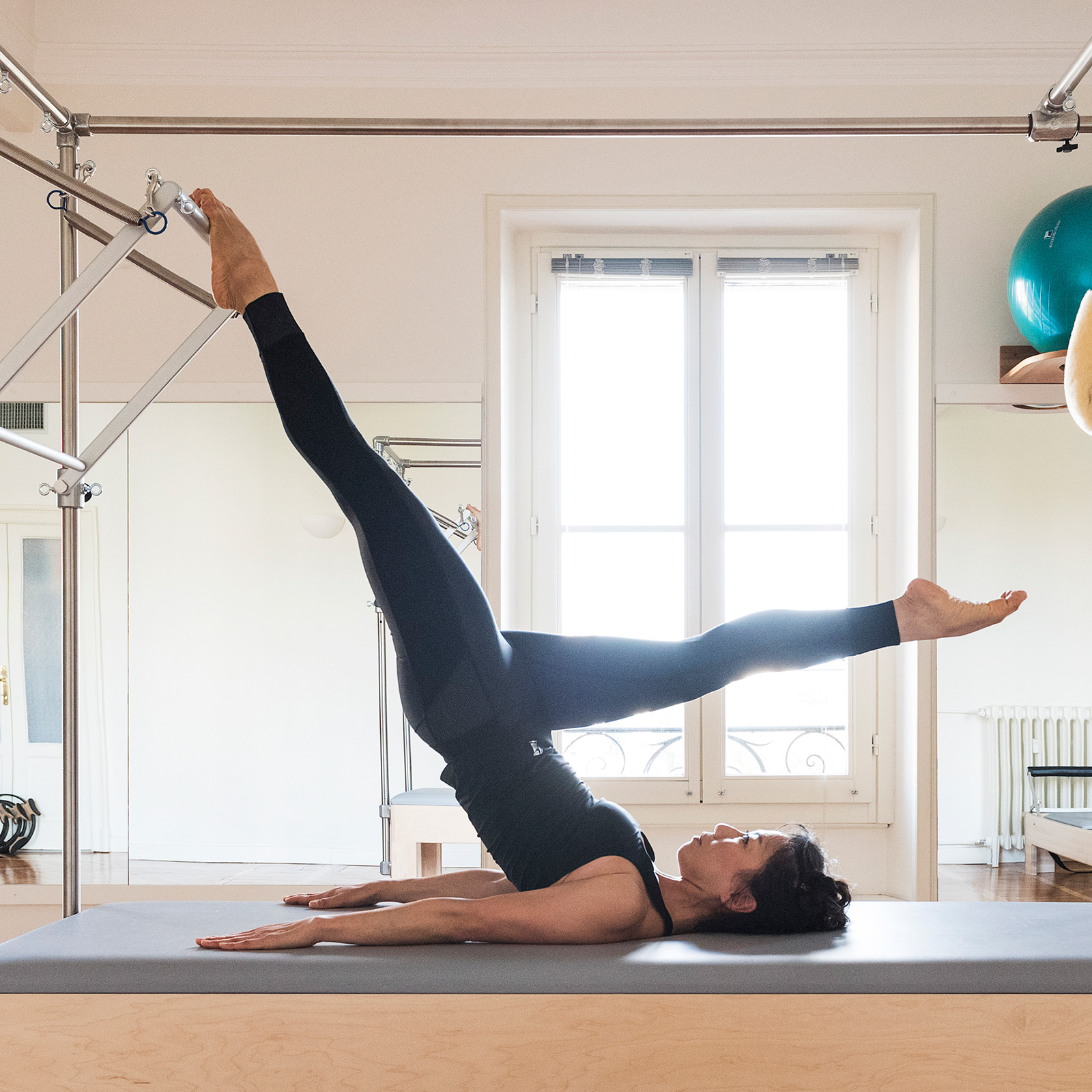
Control
Movement is never random.
Thanks to concentration, we must be able to completely control any movement. During the exercise we are executing, we should not only keep under control the movement of the interested articulation but also the position of the head, neck, arms, fingers, shoulders, back, pelvis, legs, feet and even the toes! With control, not only we avoid incorrect position or injuries but we also reach one of the primary goal of Pilates. Let's just think, in fact, that the original name of the technique was Contrology, that is to say the art of control.
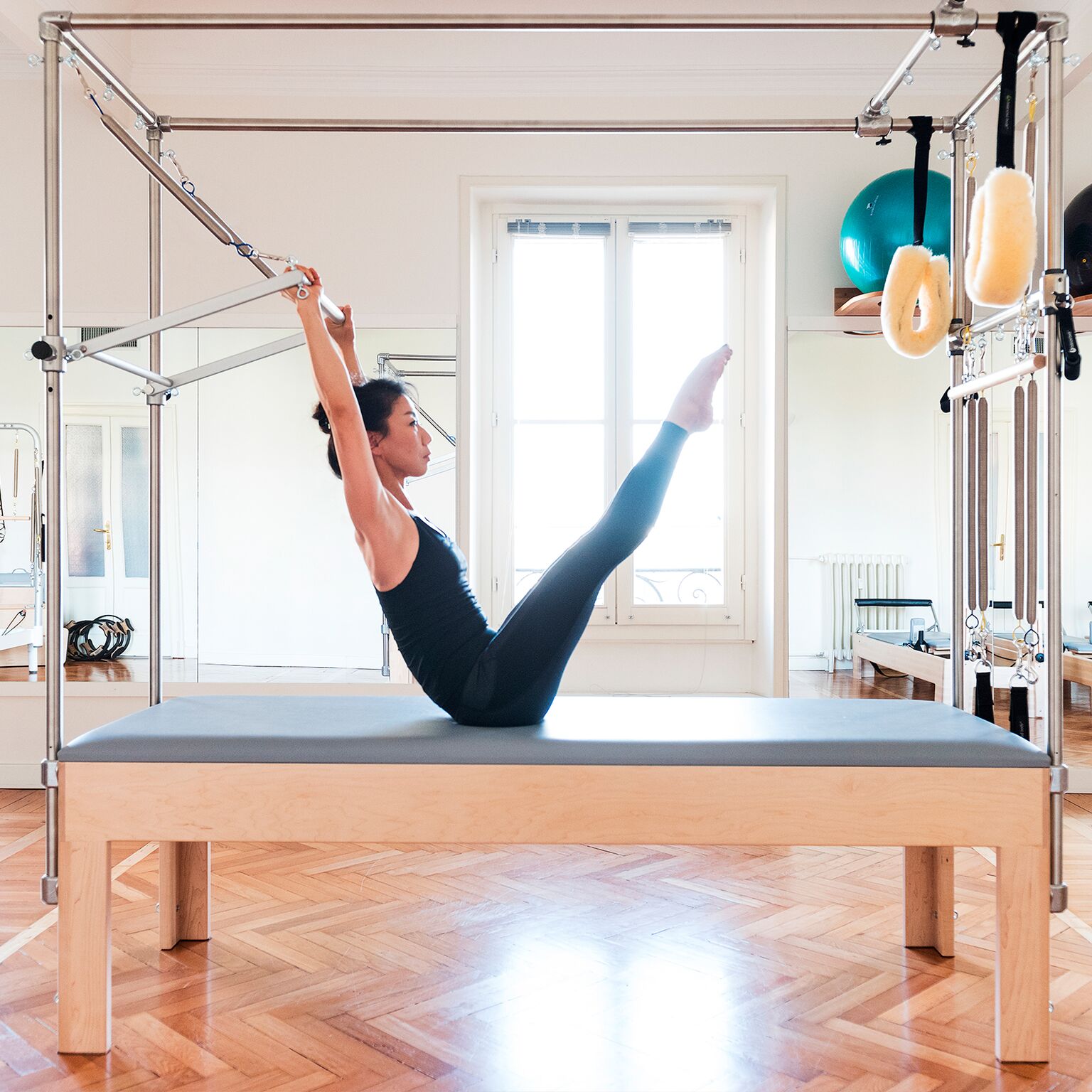
Centering
Empower the engine at the center of your body.
J.H. Pilates defined "powerhouse" the area of the body between the final part of the ribcage and the pelvis.
The powerhouse is the heart of the Pilates technique: by strengthening this area we achieve the correct posture which represents the right balance between the forces, the center of gravity. That is also intended as the stabilization of the pelvis through the synergic work of the abdominal region and the lumbar region. An appropriate work of "centering" makes us achieve awareness and self confidence in movement, allows us a perfect energy expenditure, reduce the risk of injuries and help prevent lower and upper back pain.
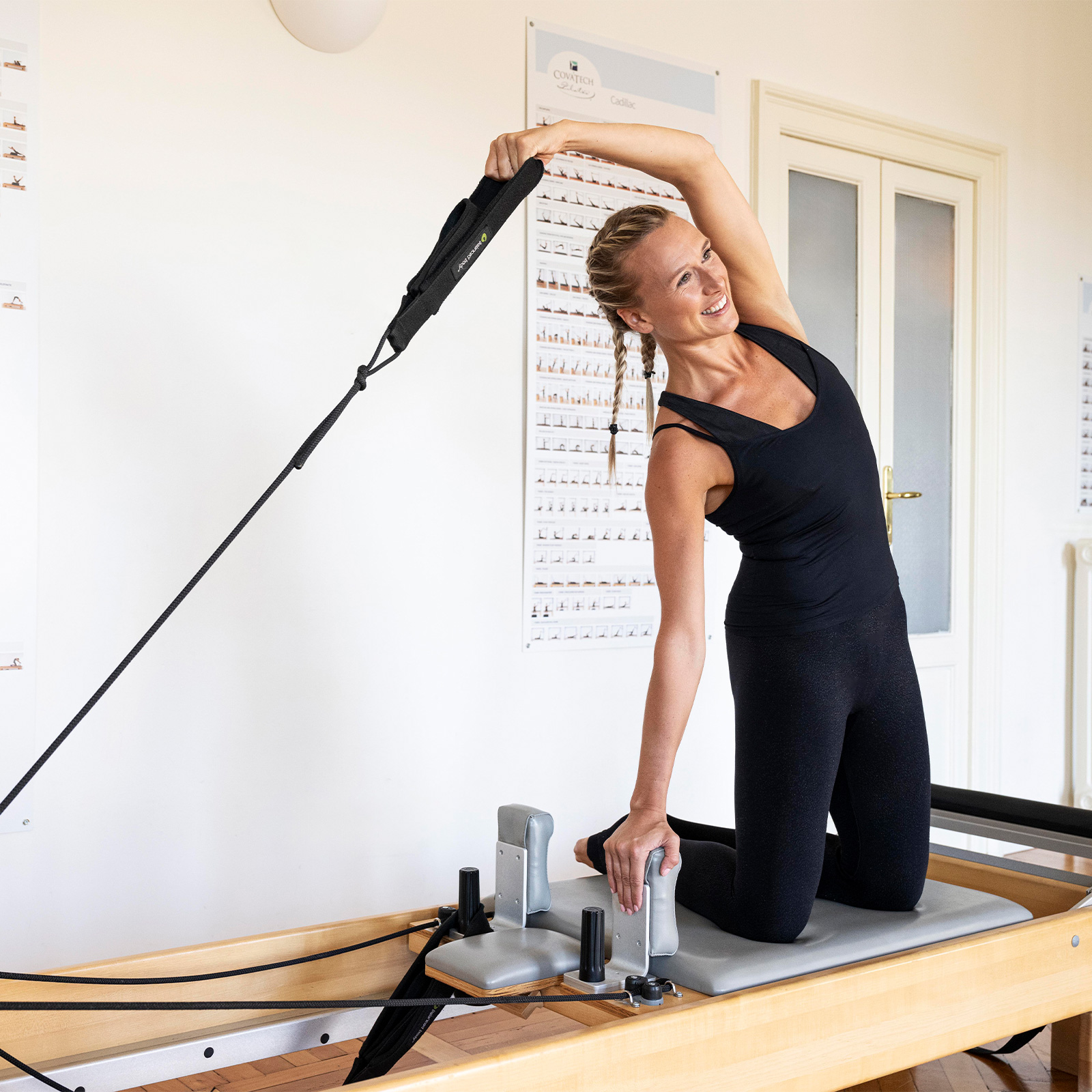
Flow
Let the movement flow at the right speed.
The exercises should never be executed rigidly or tensely, they must have the right speed, neither too rapid nor too slow. In each movement, one must find harmony, grace and fluidity.
Pilates was a keen observer of the animal behavior, their muscles – those of the cats, for example – move at the ideal pace because they constantly stretch and relax and they are developed and work evenly. With that idea in mind, the workout will have to be conceived and programmed: final result – says Pilates – will be like a car ride with an expert driver, you will not be worrying anymore about the street but just enjoying the landscape along the ride.
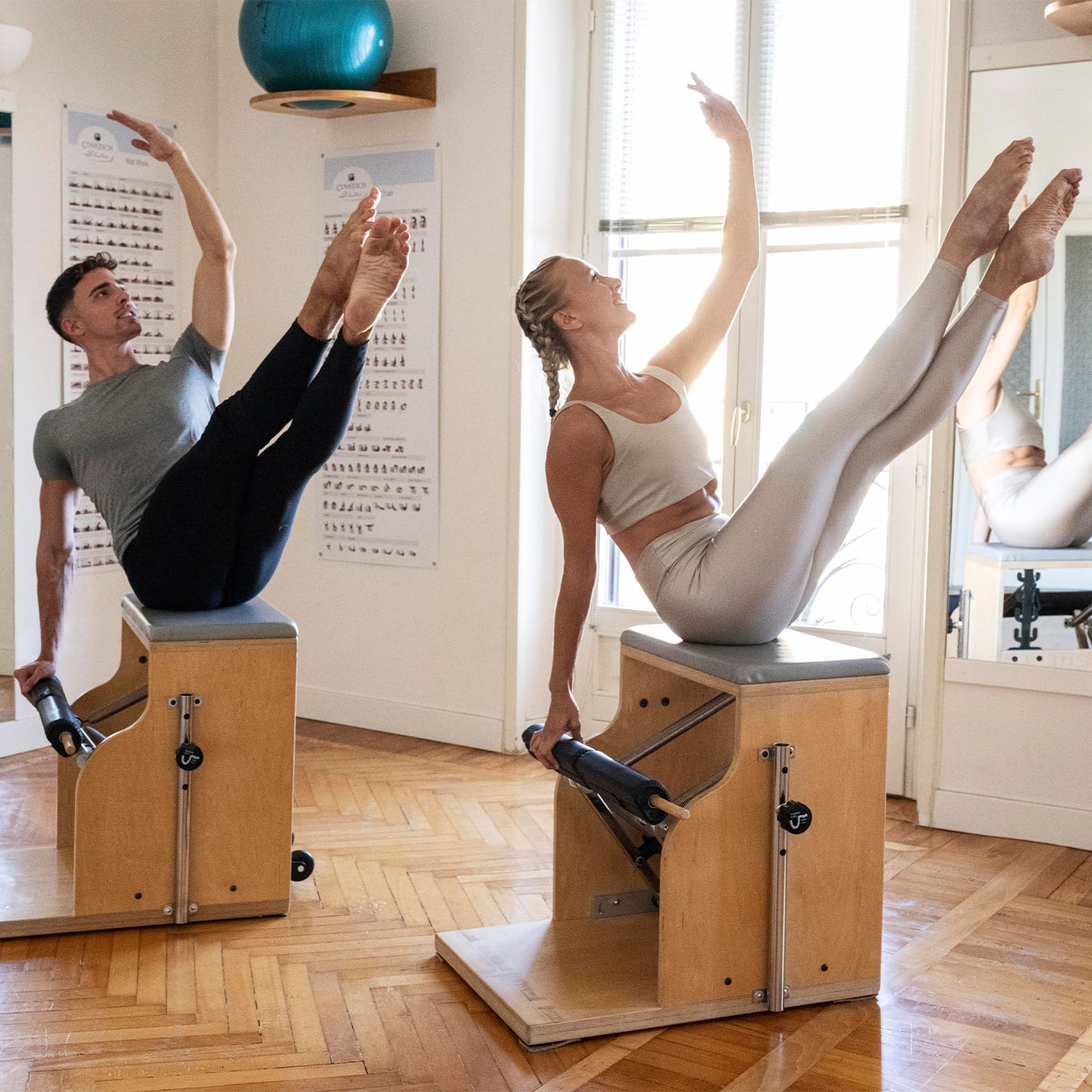
Precision
Nothing more and nothing less of what you need.
The benefit of the exercise comes from the exact execution which has to be compliant to the instructions and not otherwise.
Precision, which derives from control, allows the balancing of the muscular tone which translates, in everyday life, into grace and economy of movement. So, precision, to J.H. Pilates, does not mean stiffness, but it is synonymous of a "work nicely done" which make us feel good with ourselves because, as he wrote "for is not real happiness truly born of the realization of worthwhile work well done?".
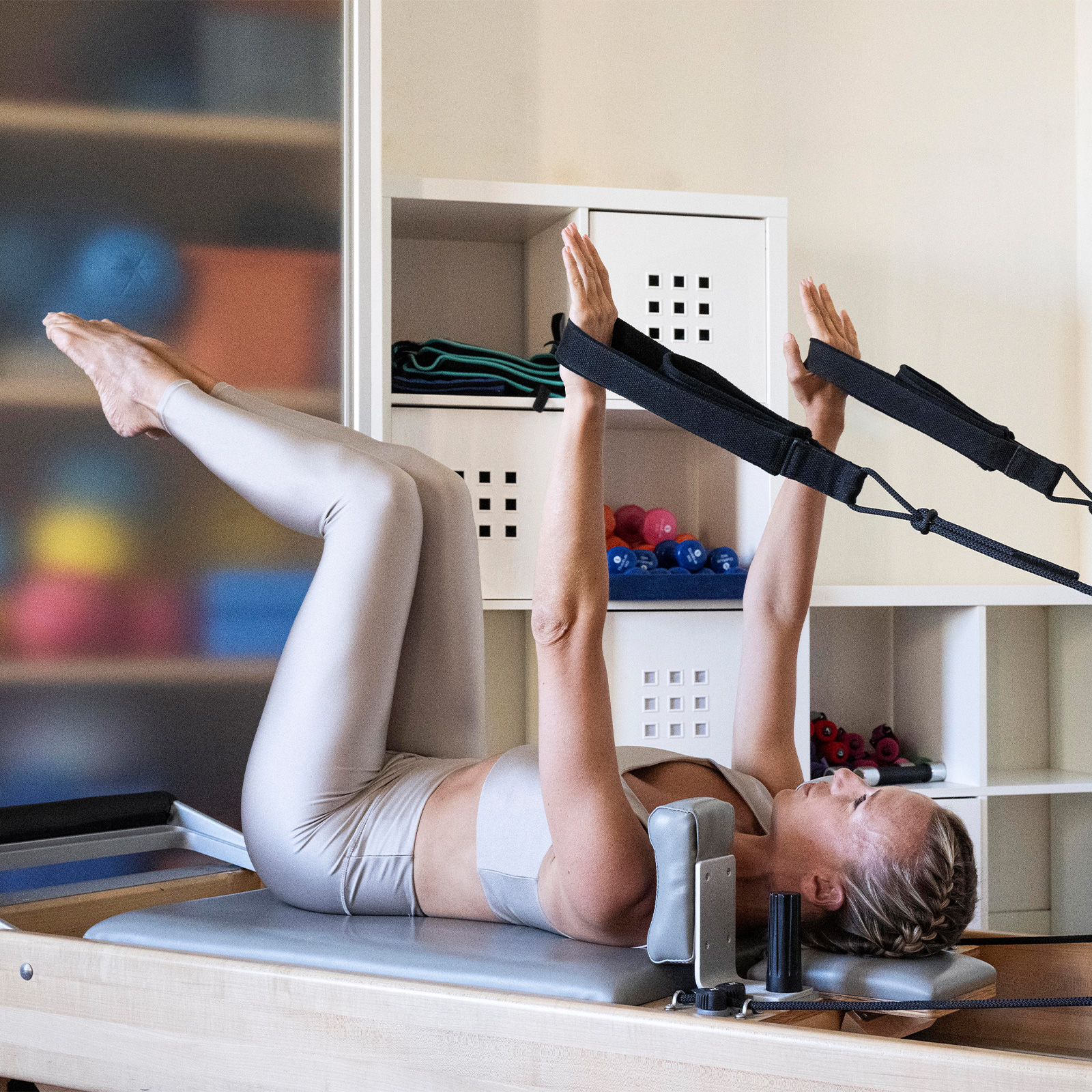
Breathing
Release the breath and move freely.
Breathing is the soul of any exercise. As Pilates said "Breathing is the first act of life and the latter. Our very life depends on it" and "it is tragically deplorable to contemplate the millions and millions who have never learned to master the art of correct breathing".
Smooth and complete inhalation and exhalation are essential part of the execution of any Pilates exercise, they must be correctly coordinated to the movement one is performing and, for that reason, each exercise is always accompanied by the instructions for a correct breathing.